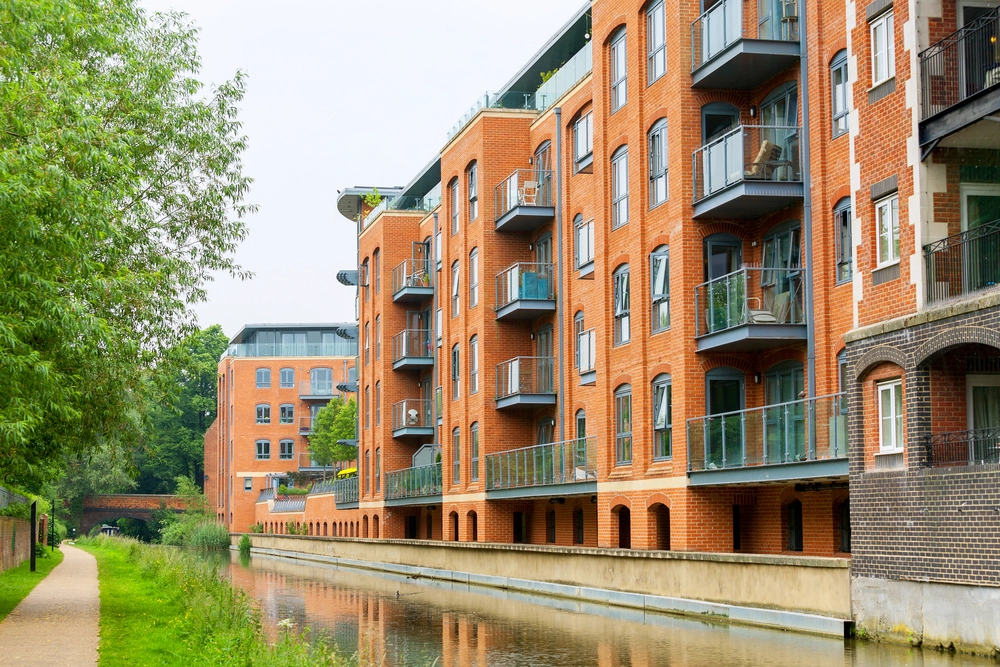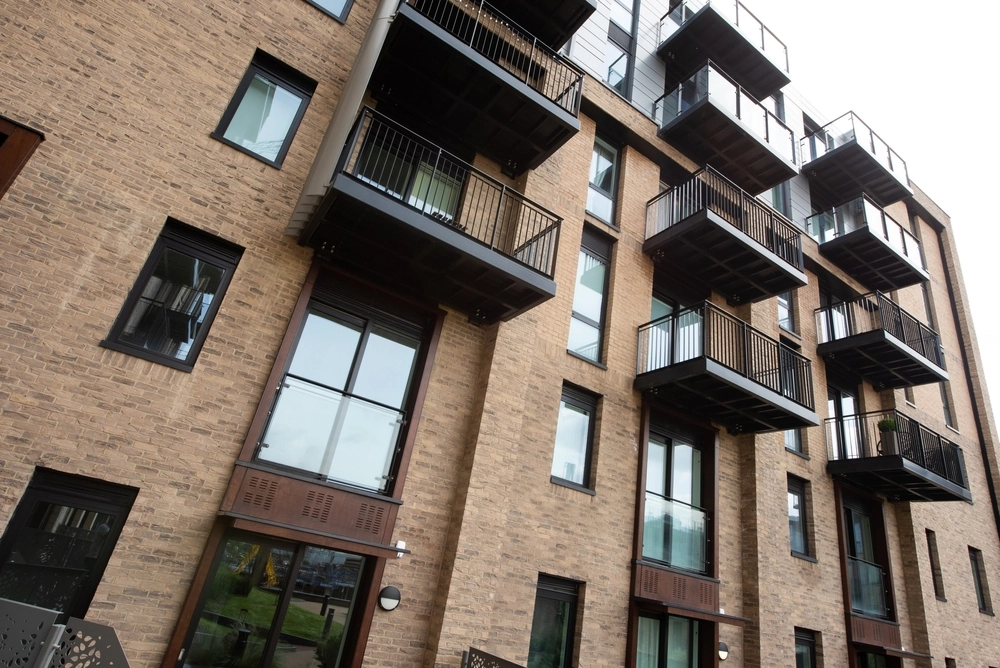
Will Boris Johnson's planning reforms make a difference?
Changes to the planning system announced by Boris Johnson on 30 June 2020 are intended to be the most radical since the Second World War making it easier to build "better homes" where people want to live.
It is also intended that the reforms will "support the high street revival by allowing empty commercial properties to be quickly repurposed" and "reduce the pressure to build on green field land by making brownfield development easier".
Although details are awaited the summary proposals appear to be tinkering at best and similar to changes made to permitted development rights in the recent past which do not address some of the fundamental problems with the delivery of "better homes" and a "high street revival".
Will there be more flexibility to build new homes in town centres?
New regulations will be made that give greater freedom for buildings and land in town centres to change use without planning permission. This will allow the re-purposing of vacant and redundant building.
What will the planning rules changes permit?
Four key changes have been identified being:
- More types of commercial premises having flexibility to be repurposed through reform of the Use Classes Order. Examples given include retail uses changing to cafés or offices without requiring planning permission. However, pubs, libraries, village shops and other types of uses "essential to the lifeblood of communities" will not be subject to this new flexibility.
- A wider range of commercial buildings will be allowed to change to residential use without the need for planning permission.
- Builders will no longer need a "normal planning application" to demolish and rebuild vacant and redundant residential and commercial buildings if they are rebuilt as homes.
- Property owners will be able to build additional space above their properties via a "fast track approval process, subject to neighbour consultation".
When will changes to the planning system come into force?
The current target is for the changes to the planning system to come into force in September 2020.
What will happen to public sector land?
A review will be carried out in order to look at how land owned by the government can be managed more effectively and how land in the public sector can be managed and released so that it can be put to better use.
The intention is that public sector land will be used for home building, environmental improvements, and that it will contribute to carbon net zero goals and inject growth opportunities into communities.
Will there be more reforms to the planning system?
In July 2020 a Policy Paper will be published setting out plans for the "comprehensive reform of England's seven-decade old planning system".
A Local Recovery White Paper will also be published later in the year detailing how the UK government will "partner with places across the UK to build a sustainable economic recovery", and the National Infrastructure Plan will be launched.
How radical are the changes to the planning system in September likely to be?
The only aspect of the changes to the planning system due in September that are likely to be remotely radical is the flexibility that they may provide to developers, building owners and investors to change use. The regulatory changes are themselves unlikely to be radical, particularly if they are to be introduced in such a short time scale and are likely to involve relatively straight forward amendments to permitted development rights in line with those that have been made in the recent past to allow changes of use of offices to residential use and for extensions to houses and flats. If you have any questions please contact our team of planning lawyers.

Changes to the planning system in September:
Will the changes lead to “better homes” being built where people want them?
There is clearly very little detail as to what the changes to the planning system will be, however, if they are focussed around permitted development rights then their real benefit is to owners of vacant and redundant buildings and existing homes owners.
This is a very different thing from building “better homes”, which would require changes to building regulations and the improvement of minimum standards in terms of floor area, the area of glazing to allow light penetration, insulation, energy efficiency, accessibility and mobility.
Boris Johnson put an emphasis in his announcement on the benefit of cutting through “unnecessary red tape”, however this is also likely to mean that local authorities will have little control over unit sizes meaning that there will be little to ensure that developers provide homes suitable for families.
These changes also fail to address the affordability of homes which will be a critical issue at a time of economic stress and increased unemployment. They also overlook the fact that changes to permitted development rights that have allowed changes of use of offices to residential use do not engage a requirement for developers to provide affordable housing unlike with new build developments.
Will the changes support the high street revival?
The high street has been under a prolonged period of stress including as a result of changes in consumer shopping habits with an emphasis on online purchasing and recent reviews and increases to business rates. The coronavirus pandemic has further exacerbated the stress to retailers.
Flexibility will certainly be welcomed by many retailers, particularly those that are able to flex their offering to change use from retail to café uses for example. However, the greater benefit may be to landlords whose buildings will be open to use by a wider range of potential tenants. Existing tenants may find that if they have an existing retail offer that is not flexible, or the terms of their lease do not permit changes of use, or their landlords refuse to allow the assignment of a lease to a new tenant proposing an alternative use, the proposed new flexibility in the planning system will not fundamentally improve their situation.
The stress that the high street is experiencing is a structural one that goes far beyond the limitations of the planning system. In fact, the limitations that the planning system placed in the past on out-of-town retail developments through planning policies and rigorous retail impact assessment requirements has played a significant role in reducing the impact of changes in consumer demand, shopping habits and developer strategies on the viability of the high street.
If a radical change is required to help the high street it needs to be one that is thoroughly considered, addressing the structural issues that have impacted on the viability of the high street and those that may facilitate greater use of the high street such as improvements in mobility and facilitating high quality, affordable family homes in central locations.








